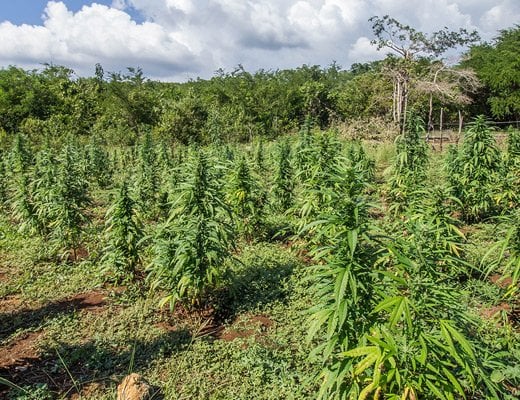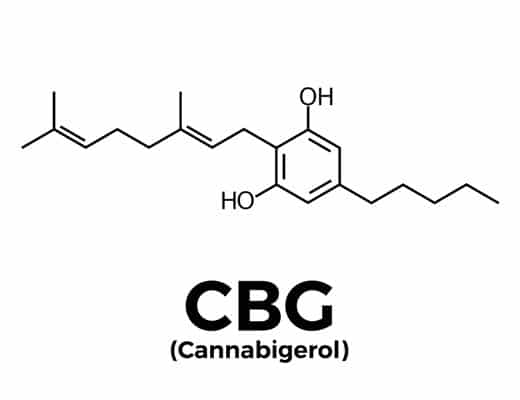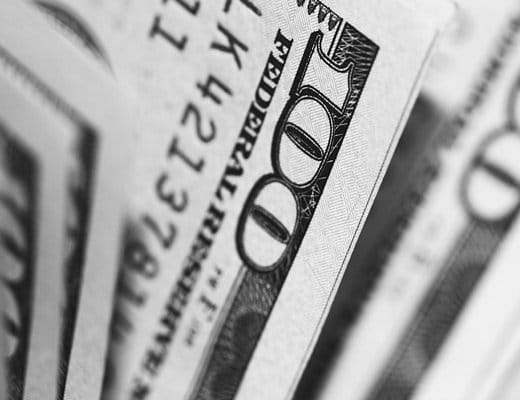No products in the cart.
What is CBG?
When the Farm Bill went into effect at the end of 2018, it stipulated the removal of federal restrictions that had previously prohibited the cultivation of hemp — which is a type of Cannabis sativa. Subsequently, the budding new industry has experienced an explosion of interest in the past year, with most of the attention being focused on hemp-derived cannabidiol (CBD). However, CBD isn’t the only compound in hemp that is bringing interest, as many farmers have started selling hemp crops for cannabigerol, or CBG extraction.
CBG Benefits
CBG, as well as CBD, are what is known as phytocannabinoids and there are hundreds of them within the hemp plant.
When ingested, phytocannabinoids are specially designed to interact with internal cannabinoid receptors that function as part of the endocannabinoid system (ECS).
Every vertebrate has an ECS, and its primary job is to modulate internal homeostatic imbalances.
Consumers are now able to find CBD in everything from shampoo to work out clothing, and Forbes has projected that the United States CBD market will surpass $23 billion in annual sales by the year 2023. However, the first year of legal hemp cultivation has resulted in a large surplus of the crop, and many growers are scrambling to ensure that they will be able to earn back their investment. Fortunately, hemp is one of the most versatile plants in existence; its commercial potential lies well beyond CBD, and this is something that ambitious new hemp farmers should be keen to capitalize on. Is CBG the next big thing for hemp?
Cannabigerol
Recently, the focus has begun shifting onto other major cannabinoids, like CBG, and manufacturers are starting to explore these various other compounds that can also be derived from hemp. CBG is the chemical precursor to CBD. This means that over time, CBG will break down and convert into CBD, as well as cannabichromene (CBC) and tetrahydrocannabinol (THC).
When CBG converts into THC, it becomes the most notorious phytocannabinoid, because it is the only one that induces psychotropic symptoms. THC is the compound that makes users feel “high” when they ingest it. The key thing that differentiates commercial marijuana from hemp is the THC content, as any plant that contains over 0.3% THC is legally considered marijuana.

Farmers Explore CBG
Hemp farmers have good reason to start exploring other venues for their crops, as some have claimed that they are making 10 times the money for extracting other cannabinoids like CBG, over CBD.
Another problem hemp farmers face is the possibility that their crops will test “hot” and contain too much THC, as the federal maximum is 0.3% and many are concerned that this number is too difficult to achieve.
What is CBG Flower?
CBG flower is a hemp or cannabis bud specifically bred to contain extremely high concentrations of the CBG compound. CBG is frequently referred to as the “stem cell” or “mother” cannabinoid.
Cannabigerol is less abundant than other cannabinoids, but studies have shown it helps to reduce inflammation, aid in pain relief and other serious illnesses. While there are less studies available that specifically outline the entire effectiveness, one thing for sure is that CBG has become a very highly popular cannabinoid.
CBG for Sale
However, growers are discovering another advantage to CBD tincture varieties is that they tend to naturally produce much lower levels of THC, making it easier for them to stay beneath the 0.3% threshold. This means that farmers are able to harvest CBG crops later and produce much more yield.
This is also ideal for farmers who want to capitalize on the rapidly emerging hemp flower industry, which sees users smoke the plant for its CBD and CBG content, not THC.
As long as CBG and other minor cannabinoids are rising in demand, it is prudent for hemp farmers to continue looking for ways to maximize their investment into their crops. As the future unfolds, there will no doubt be many other opportunities to utilize the vast potential of the hemp plant.




